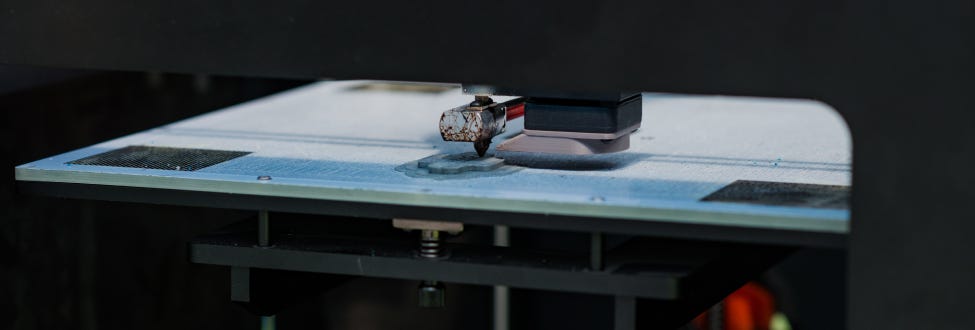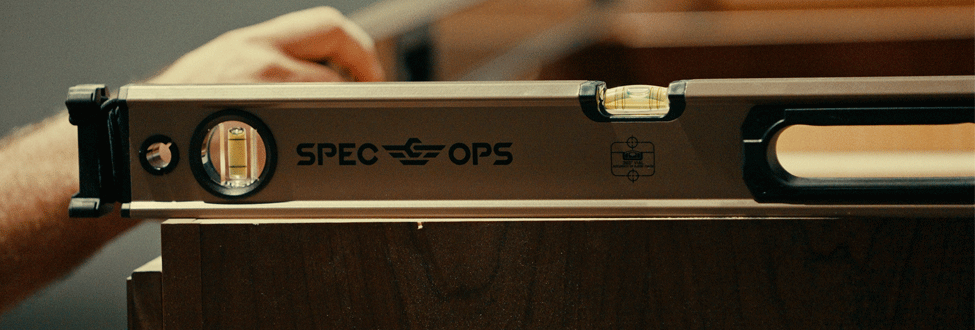The Impact of 3D Printing on the Construction Industry
- Sep 1, 2020

As one of the most impressive innovations in the modern world, 3D printing was first patented in 1983 by Charles Hull. Since its emergence as an advanced piece of equipment, the 3D printer has undergone many improvements and has become more easily accessible to the general public.
Now, the 3D printer is used by hobbyists, small businesses, creatives, manufacturers, architects and most importantly contractors to instantly create a variety of products. With a design and the right material, you can use a 3D printer to make toys, dinnerware, musical instruments, art, and artificial limbs. This technology has also entered the construction industry in a big way and is used to build houses and commercial buildings alike.
In the construction industry, 3D printing has invited additional opportunities and innovations to make the building process easier, faster, and more inexpensive. There are many benefits to using 3D printers in construction and this technology has had a great impact on the industry. Increasingly, it seems 3D printers are becoming as indispensable as any other essential tool in the modern construction company’s inventory.
Lower Supply Costs
With 3D printing, construction managers save money on labor, tools, and materials. They simply need to plug in the dimensions and materials to a 3D printer and a custom item is made using the specifications.
Without this technological innovation, construction workers may spend hours cutting materials to the right size so they can be used in a specific way on the jobsite. Workers could spend an entire day manually modifying materials, so they fit in the correct dimensions and protect the integrity of the home.
It’s important to keep projects sustainable and with a 3D printer, construction managers also benefit by saving money on construction materials. Buying materials that are pre-cut and fabricated is an expensive way to build a home. By using their own materials and a 3D printer to create components used in construction, managers aren’t paying for an outside party to fabricate these items.
In a case study of a 3D-printed building in Dubai, it was found that the schedule and timing of the project were reduced by 30% due to the 3D printing techniques that were implemented. By using 3D printing technology, investors saved about 80% on labor and material costs.
Sustainable Construction
One of the biggest environmental problems with new construction is sustainability and the waste that each jobsite produces. The Environmental Protection Agency (EPA) estimates that in 2017, the construction industry produced about 569 million tons of construction and demolition (C&D) debris. Most of this debris wasn’t recyclable and included concrete, asphalt, steel, brick, drywall, plaster, and wood.
A lot of the material that’s thrown away from construction sites is waste from sizing down items that are too large to use. With an accurate 3D printer, this waste is spared and only the materials that are needed for the job are created. This can be a boon for making construction projects more sustainable.
The same case study mentioned above also concluded that construction managers had 30% to 60% less material waste on the 3D printed project than an average building of the same size. If there’s material left over, it can be spared for the next project. Materials may also be mixed together with a 3D printer, making the jobsite even more sustainable. Half of the 3D printed Dubai building consists of recycled concrete material from another jobsite.
Since the assistance of a 3D printer is only enlisted to create specific materials, this technology also saves energy. The materials used in a 3D printer are more lightweight than traditional building materials, so transporting them saves energy. By simplifying the supply chain, 3D printing offers a more sustainable way for construction managers to get the materials they need.
Improved Project Planning
Before a construction crew can even break ground on a project, they must ensure the client approves the design. The project planning process is time-consuming, especially if project managers are responsible for meticulously creating a model or drafted visual representation of the finished project for the client.
Creating this model by hand wastes precious time that could be used to begin the project. For those just getting started as general contractors, or even looking to start a new construction business, 3D printing technology may provide a competitive edge. With a 3D printer, the construction manager simply plugs in the dimensions and details of the project rendering and it automatically comes to life.
By creating a digital model, the construction manager can show the client a rendering faster and make changes to the model as needed in a quicker time frame. This allows the client to approve the design on the spot so the construction crew can get to work.
Innovative Designs
Traditional construction materials and methods limit how buildings are created. A 3D printer has many capabilities that make different shapes and other innovative designs easy to capture and inexpensive to create.
With a 3D printer, construction professionals can utilize unique materials that can be manipulated into different shapes, such as cylindrical and round shapes. In construction, it’s proven that the strongest shapes are circles, triangles, and other unique figures that may be impossible or too time-consuming to build from scratch.
Not only do these shapes offer a creative design approach alongside durability and strength, they also require less material and save construction managers money on their projects. The materials that 3D printers use for their output are also generally sturdier and stronger, making them more desirable to clients.
New Material Development
Construction managers who use 3D printing for their projects have access to new building materials. These printers produce items using unique materials that include concrete mixtures, recycled plastics, or bioplastics. In July 2018, the most common material used in 3D printers was polylactic acid (PLA), a thermoplastic polymer derived from renewable resources, such as corn.
In many cases, 3D printers use recycled or leftover materials, contributing to sustainability. Since the technology is relatively new to the industry, the impacts of these materials on the environment still need to be analyzed. However, experts already understand the efficiency and waste reduction associated with 3D printers.
The Future of 3D Printing
The automatic and accurate 3D printing process provides several benefits to the construction industry. While it seems obvious that 3D printing helps save time, money, and waste on construction sites, there are challenges to implementing this strategy on every jobsite.
The types of materials used with a 3D printer are limited, so construction projects that involve wood or steel can’t utilize this technology for all processes. There are also no building codes yet for 3D printing, which makes it hard for construction managers to get projects approved through city and county administrators. These industrial sized printers are large and expensive. A 3D printer made for construction can cost between $20,000 to $100,000.
In the construction industry, 3D printers are a fast, inexpensive, and accurate way to produce materials for a project. With the increasing efficiency and capabilities of these machines, 3D printers may become more intertwined with construction job sites in the future.








